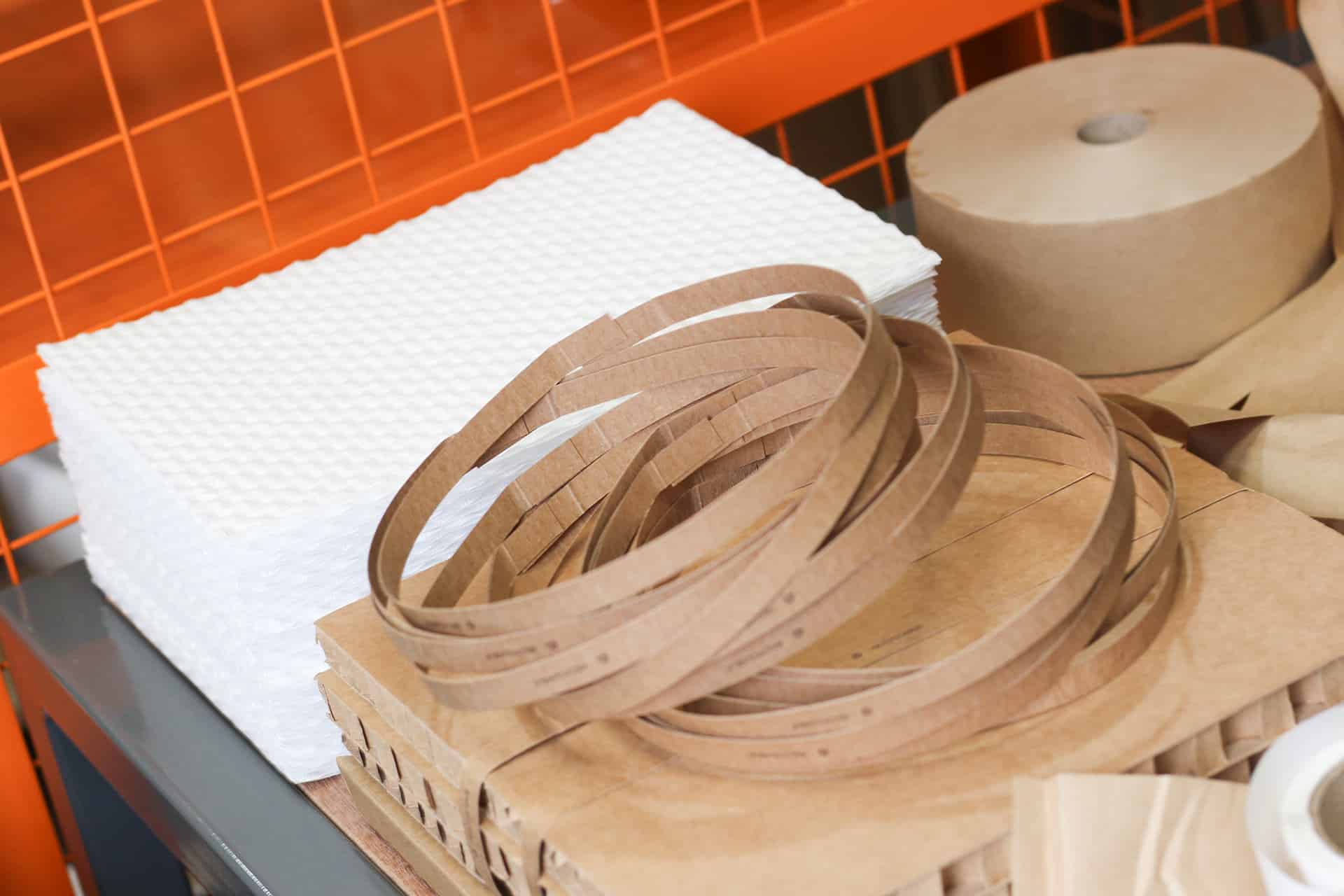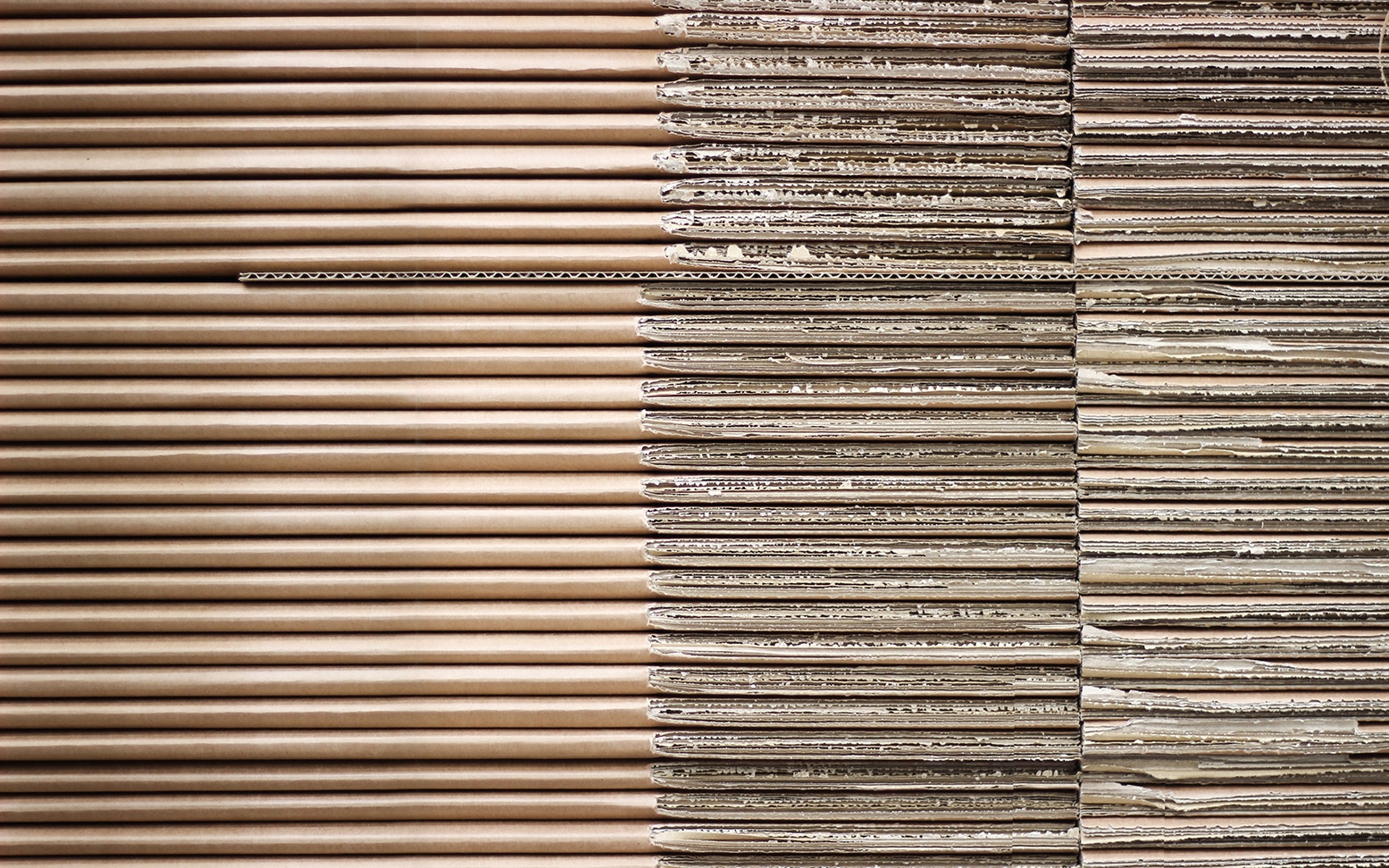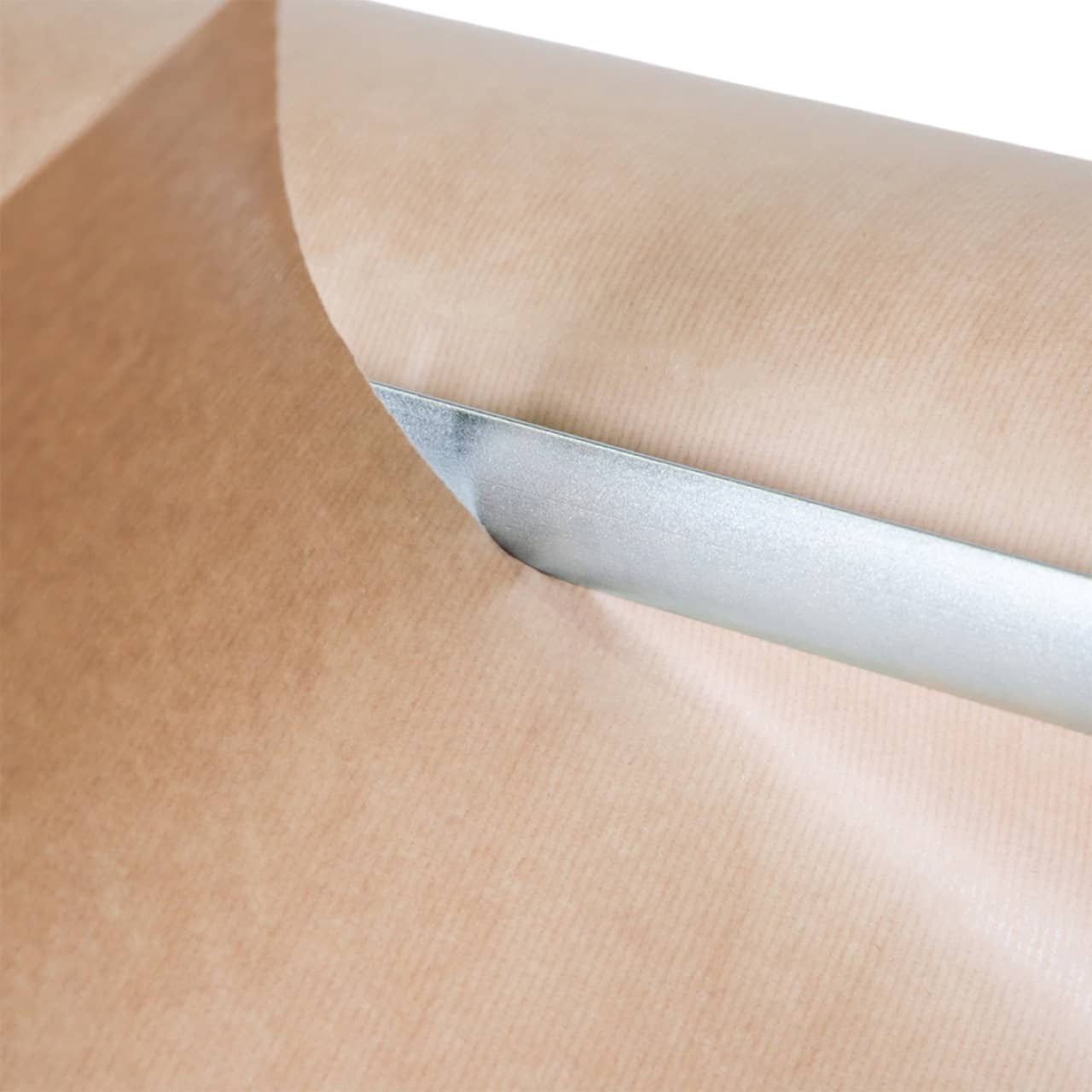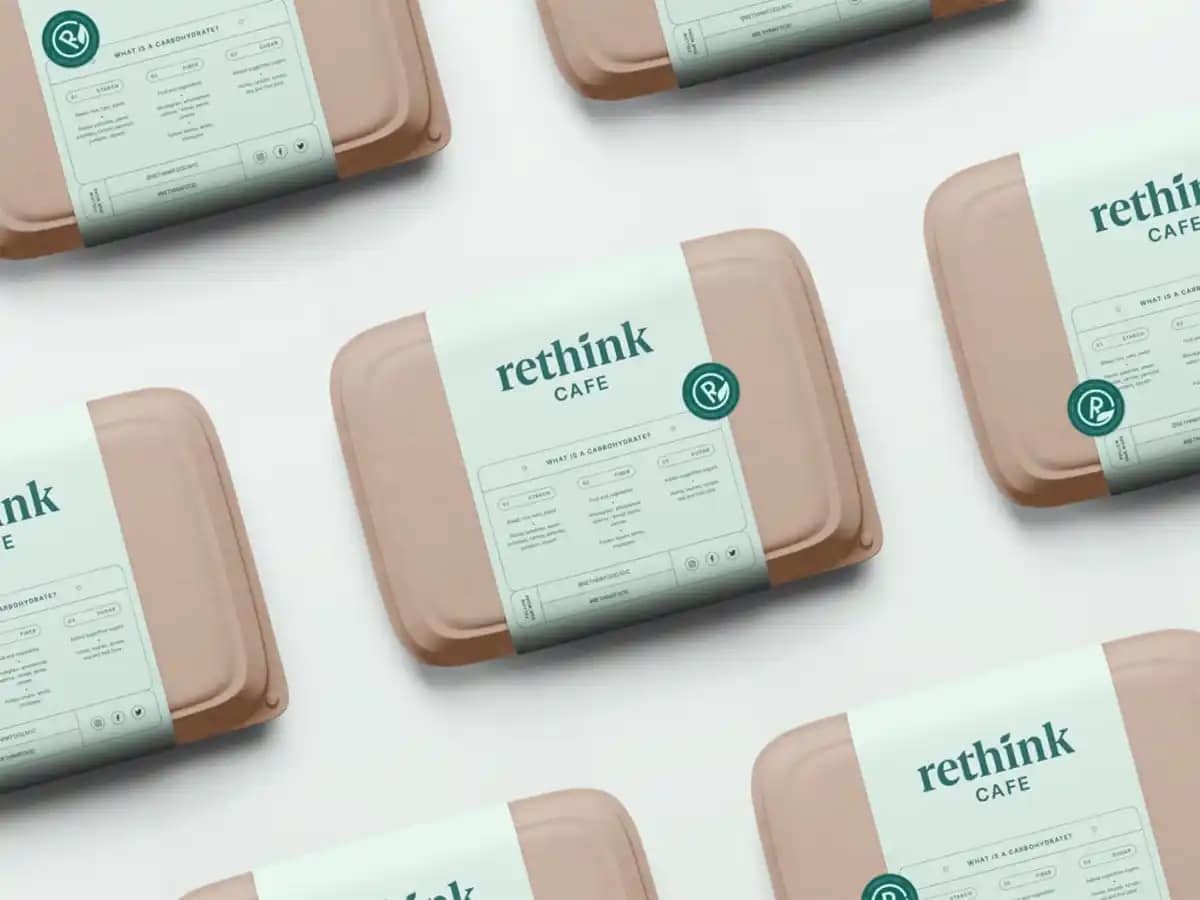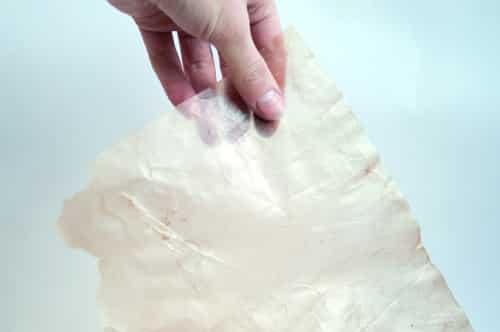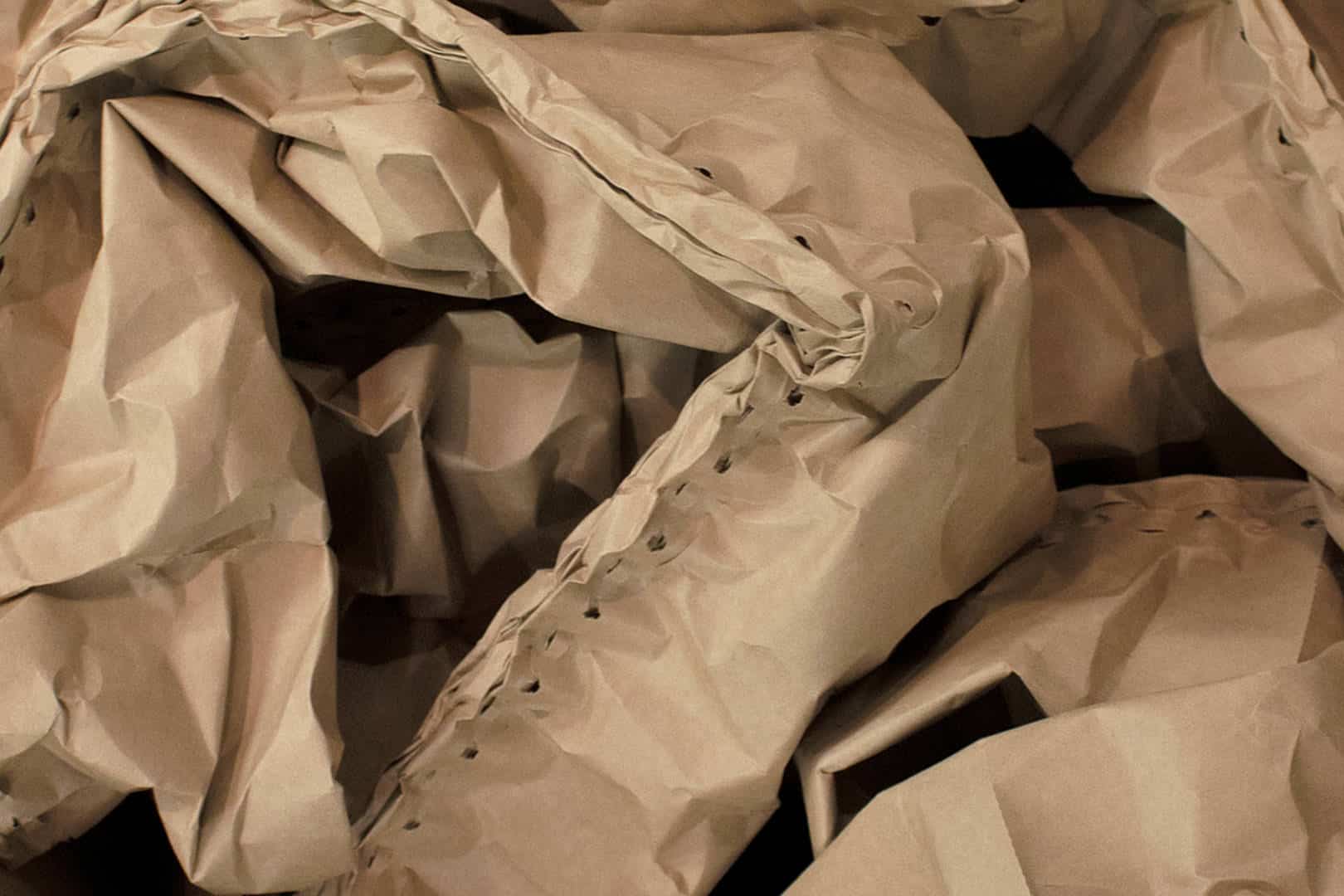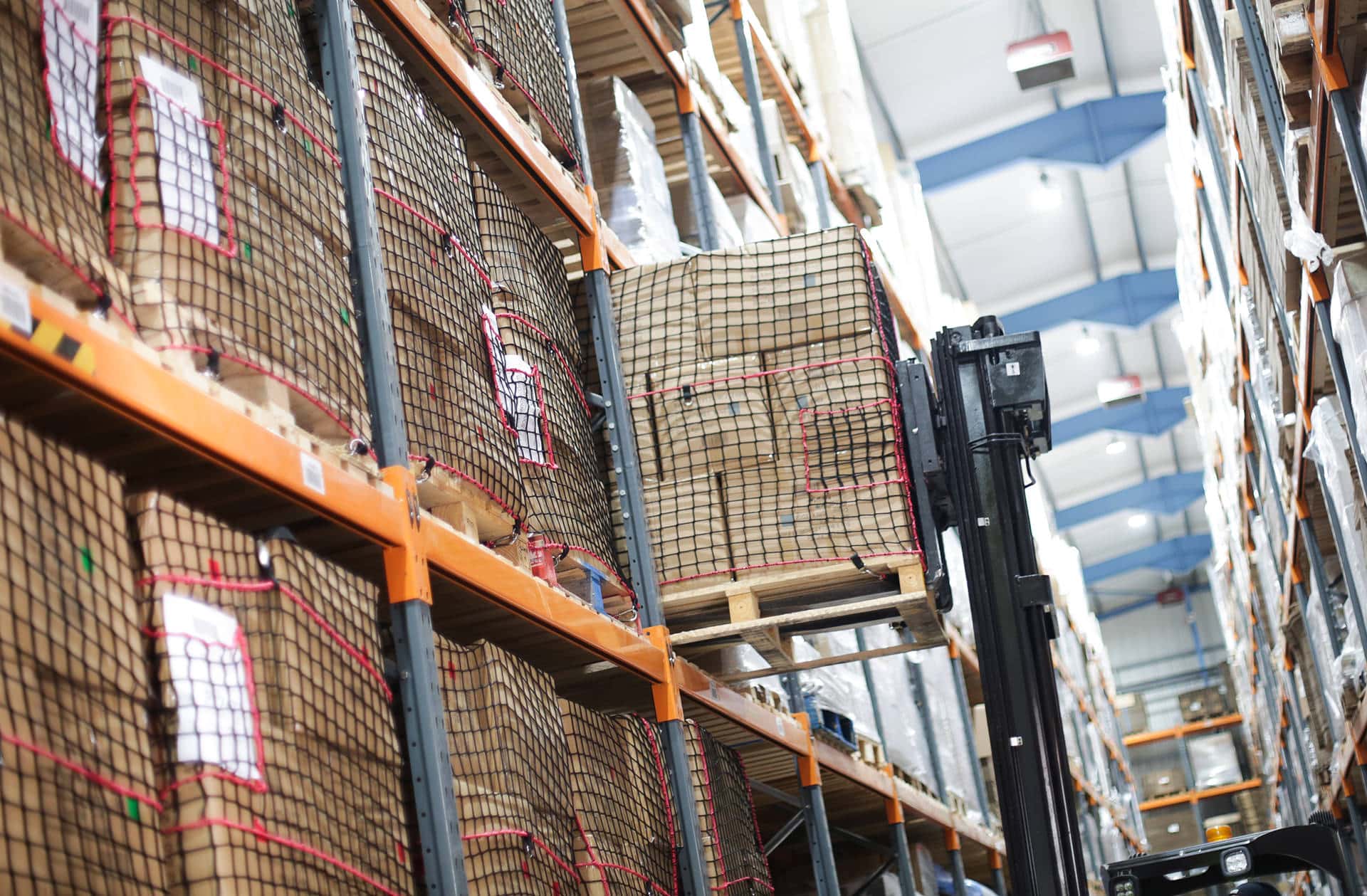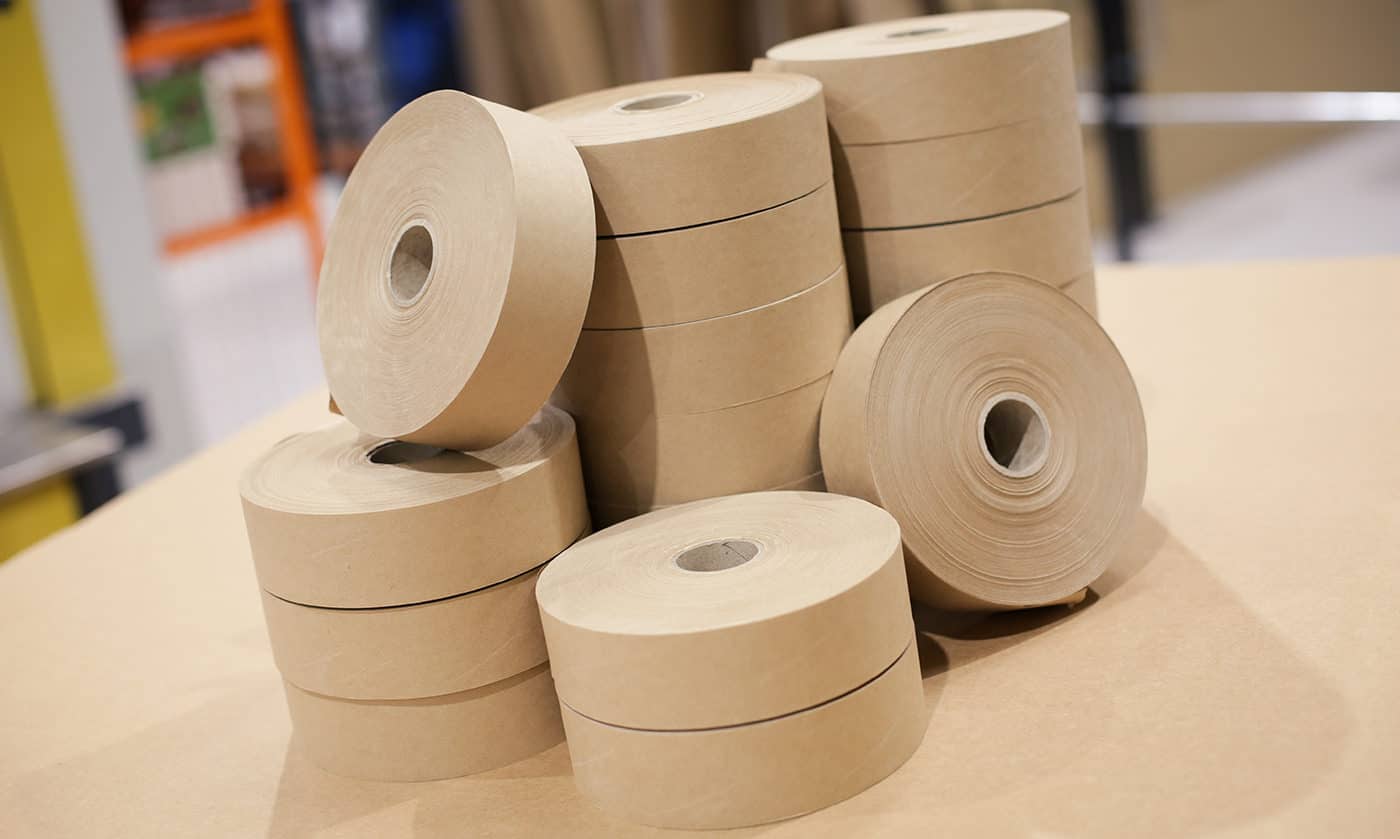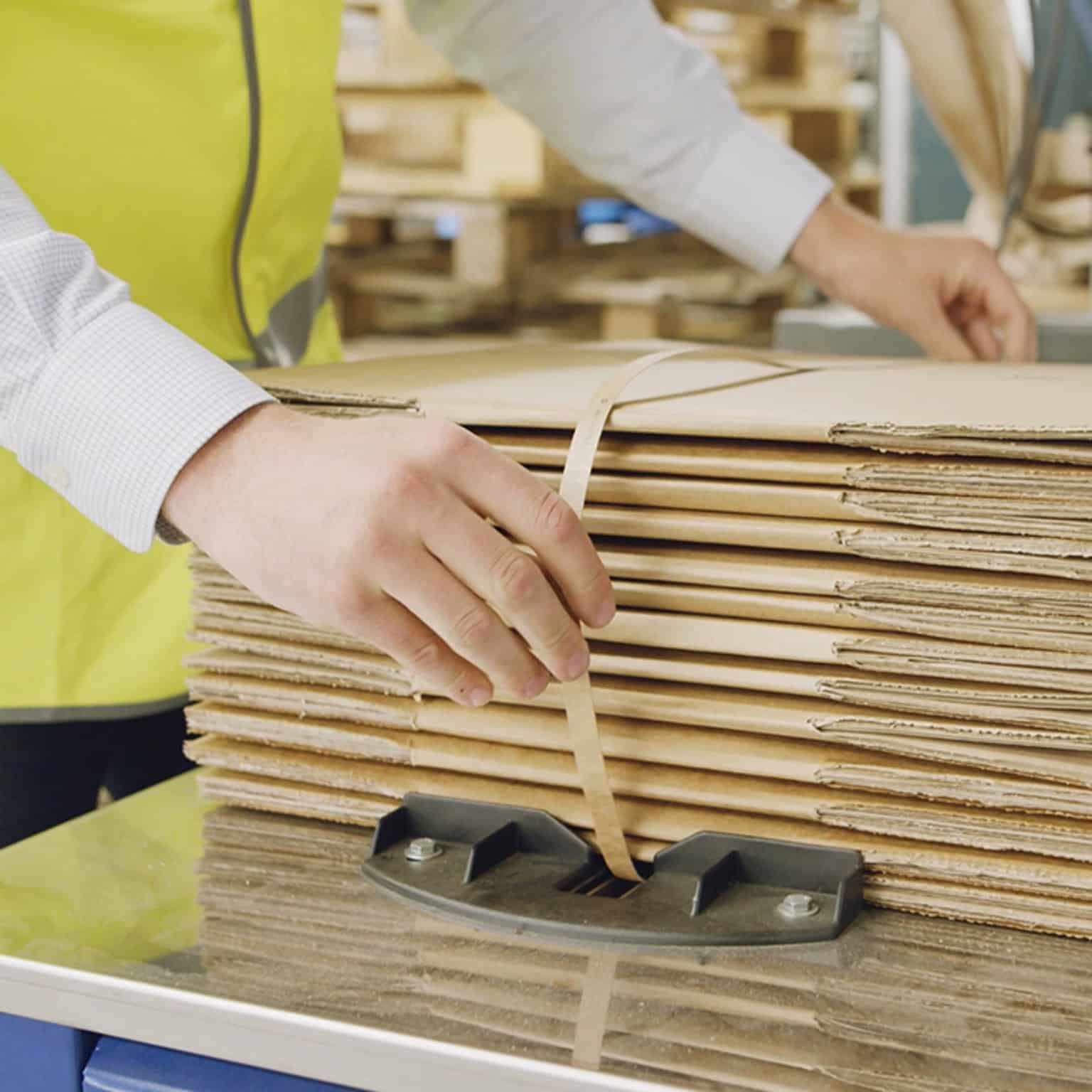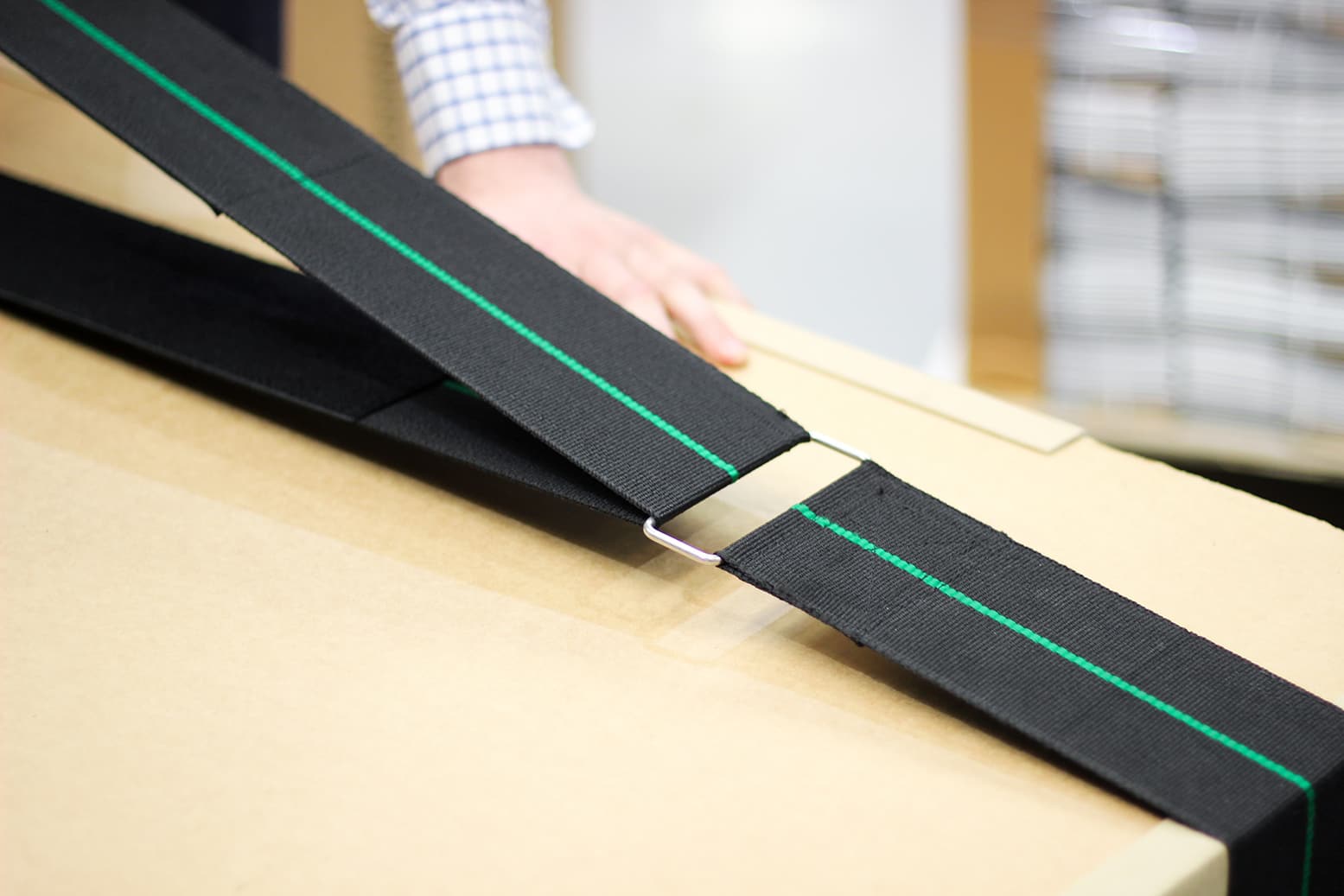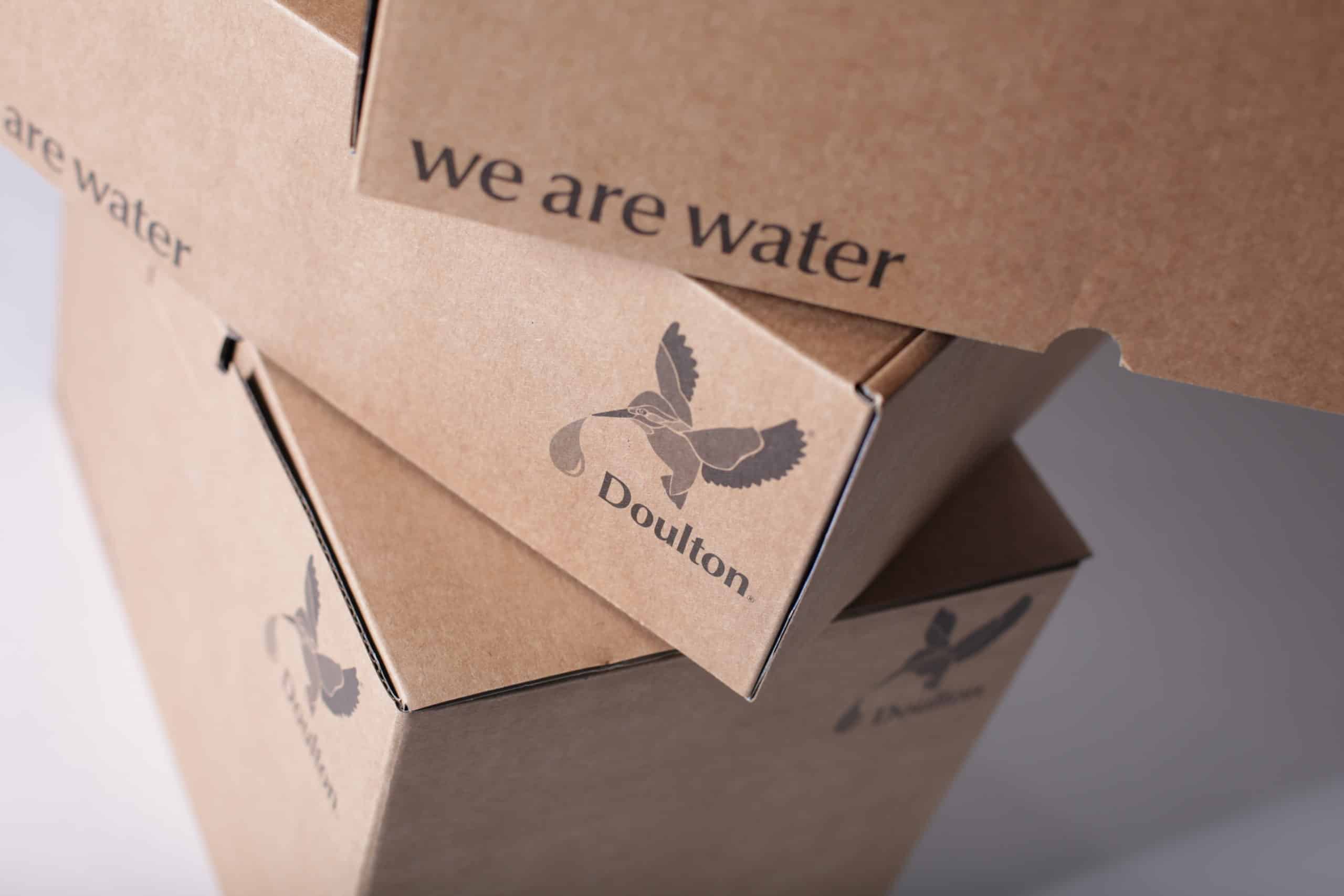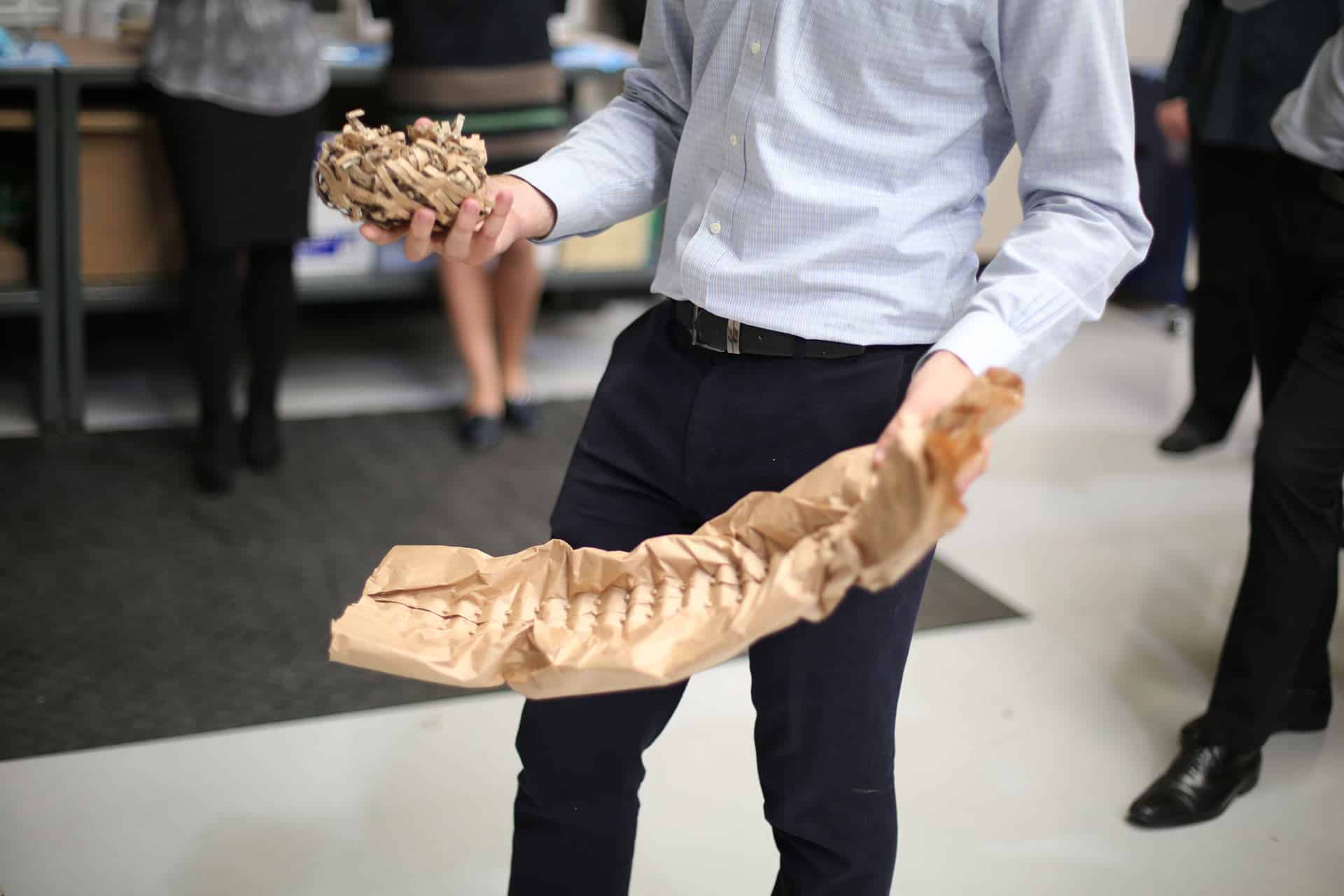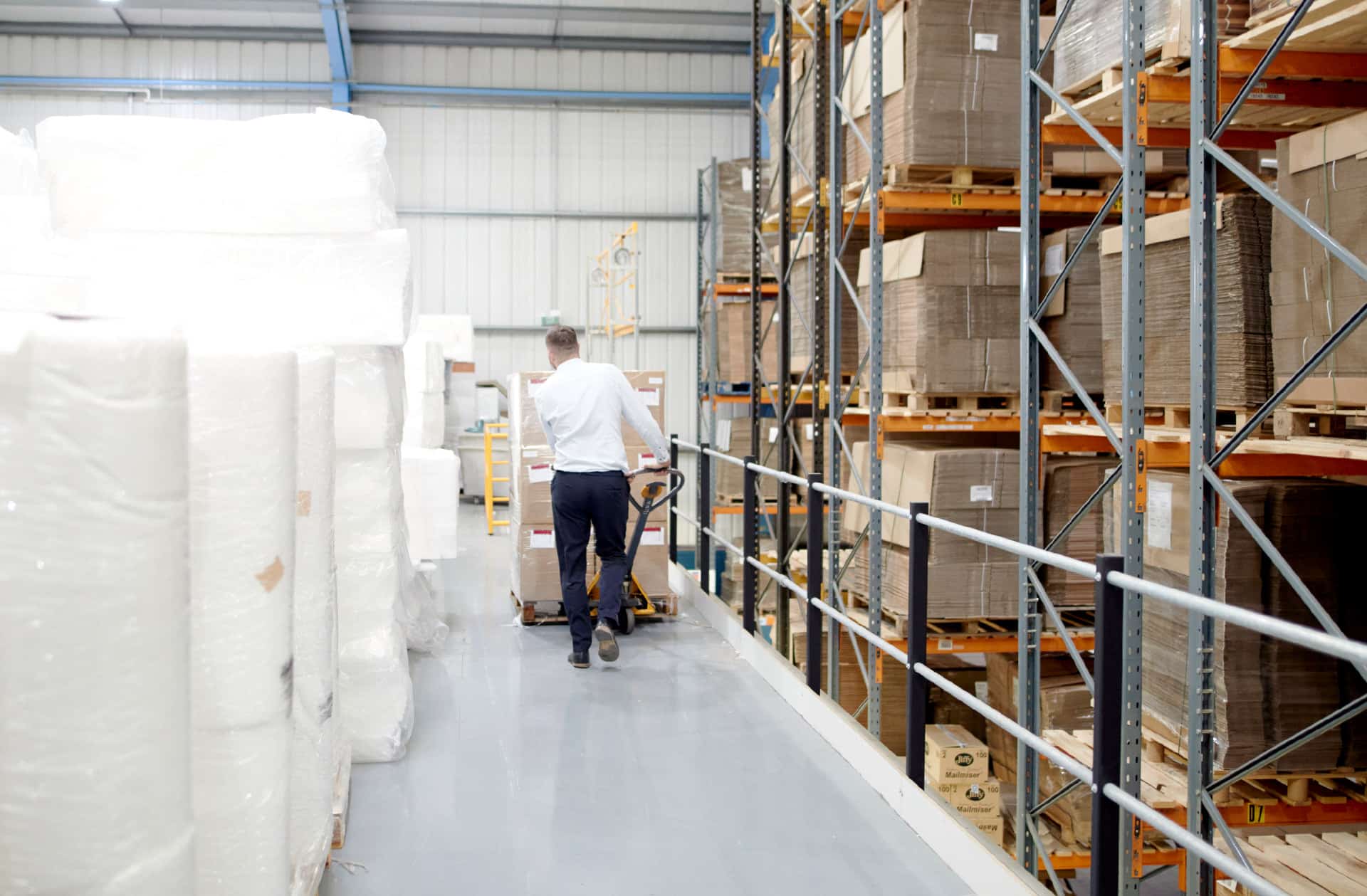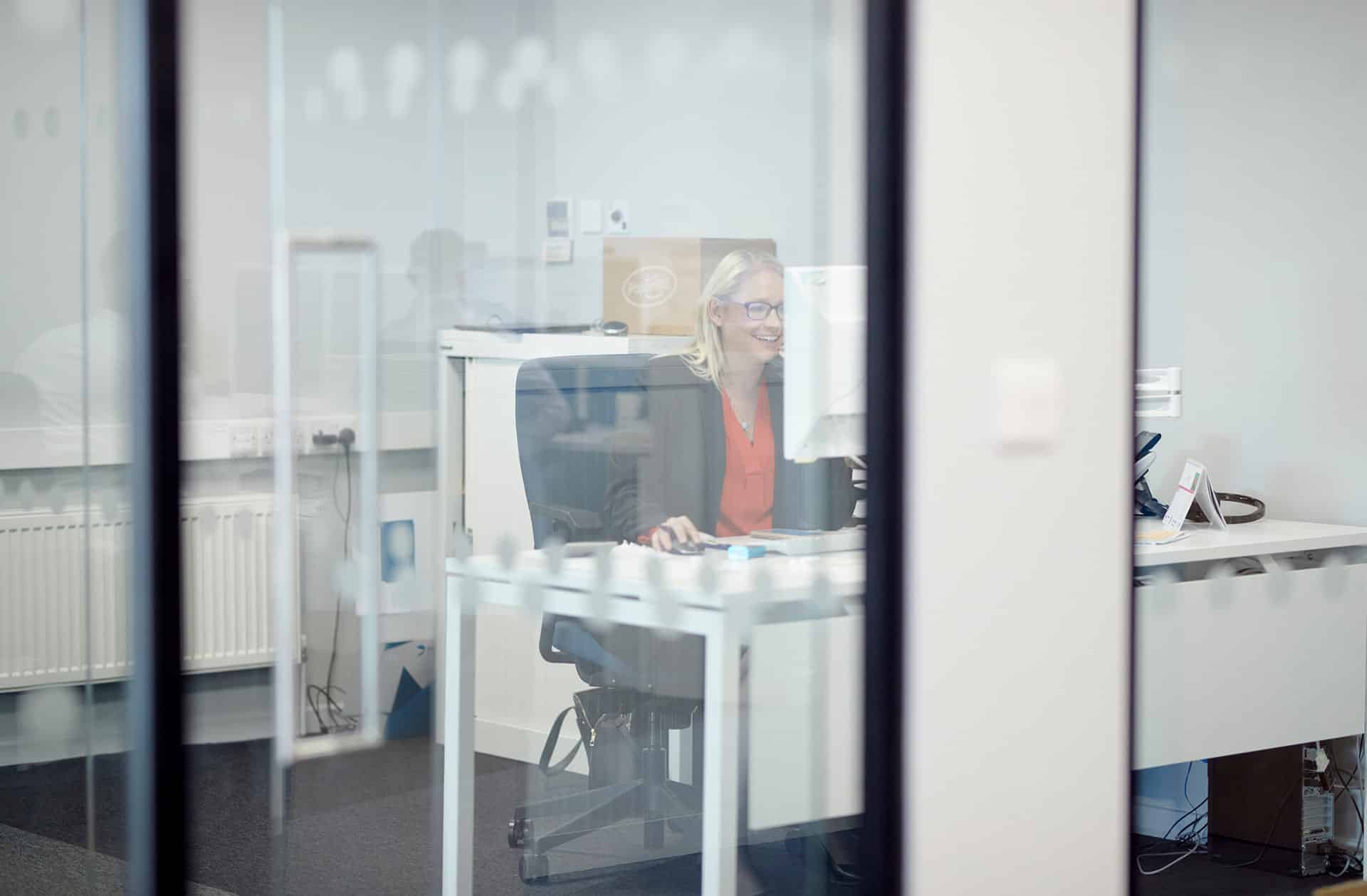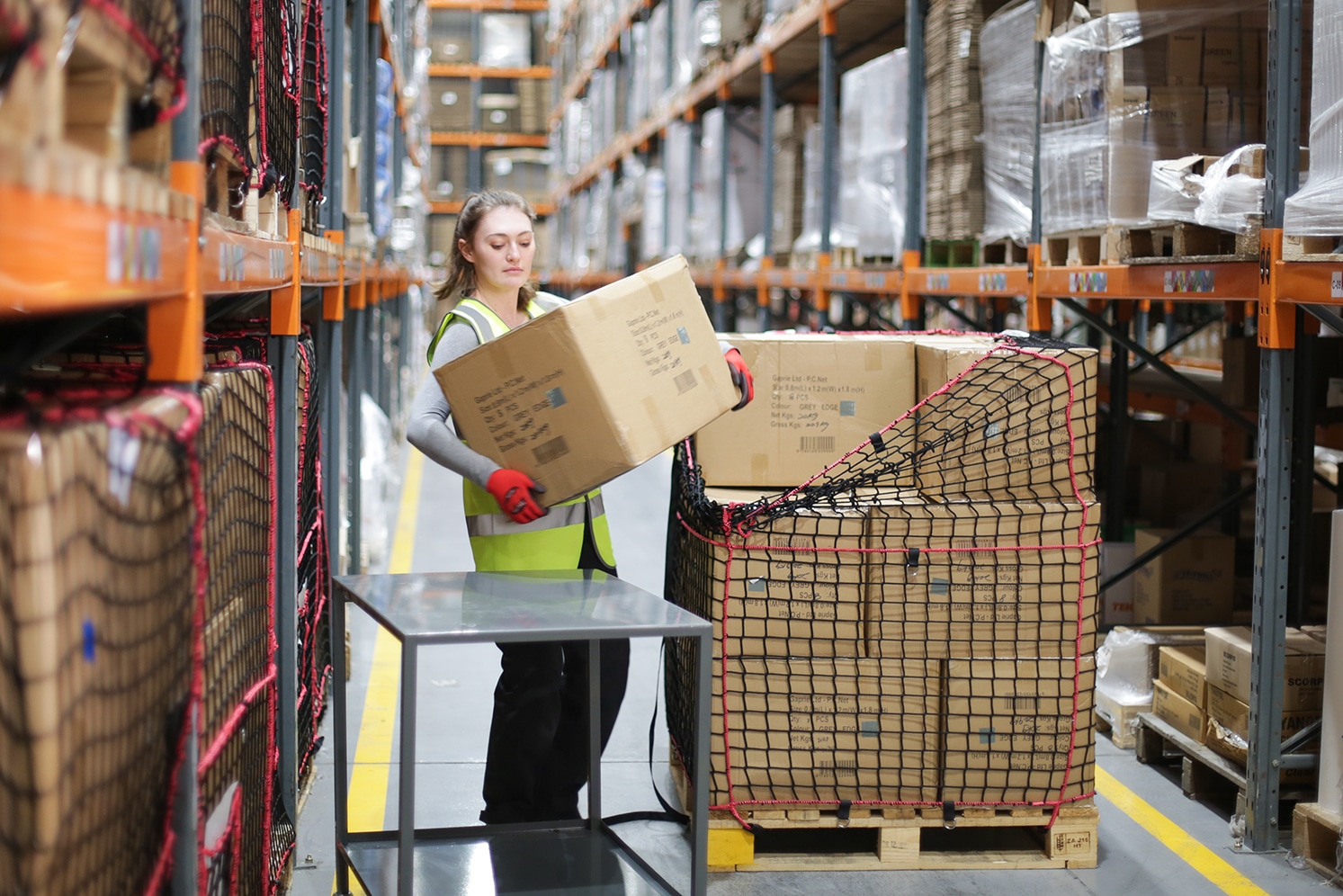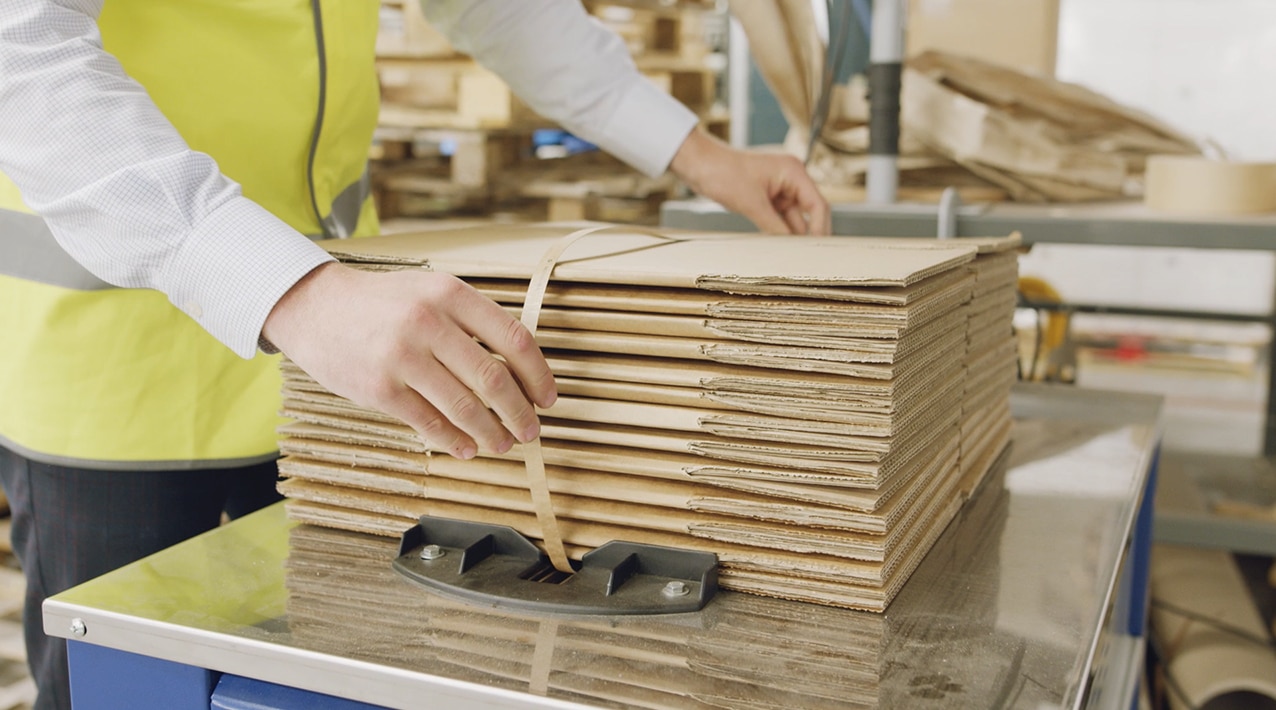What are eco-packaging materials?
There are a lot of different types of eco-friendly packaging materials available, and the right one for your business needs will depend on what you want to achieve, as well as your budget.
Some of the most commonly found ones include.
Cardboard
One of the most frequently found types of packaging materials, the advantage of cardboard is that it’s cost-effective and breaks down quickly. Cardboard boxes can also be reused, for example, for storage and moving house.
Most cardboard comes from sustainably managed forests, containing trees like birch and pine. As these trees are fast-growing, they are quickly replenished.
However, poor quality cardboard can be weak and may tear easily, particularly if exposed to wet weather. Choosing high quality cardboard packaging with a suitable thickness to bear the load of your packages is essential.
Find out more about our cardboard boxes and sheets
Kraft paper
Kraft paper is recycled paper that is used to wrap around irregularly shaped products. Like cardboard, it’s cost-effective and can easily be recycled or composted. While kraft paper is great for wrapping around delicate or flimsy items, it does not hold its shape when wet and can easily tear.
Find out more about our crepe Kraft paper
Cornstarch packaging
Cornstarch packaging is a biodegradable plastic made of cornstarch, a commercially available and renewable sugar. This packaging can be used as an alternative to single-use plastic and polystyrene, and takes 65% less energy to create.
The advantage of this type of packaging is unlike single-use plastic, it naturally degrades into carbon dioxide and water. The disadvantage is that cornstarch packaging can contaminate regular recycling, so it’s crucial to advise consumers to dispose of it accordingly.
Cellulose
Cellulose is similar to cornstarch packaging in that it is a bioplastic, a plastic material made from natural materials. Cellulose comes from a fibrous substance located in the cell walls of plants, which is converted into a clear thin biodegradable plastic.
Cellulose is currently used as a substitute for cellophane and plastic wrap. However, scientists at the VTT Technical Research Centre of Finland are developing a transparent cellulose film that can be used to replace plastic in food packaging. If the research goes well, it’s expected that this cellulose film could be used by food manufacturers in the next five to seven years.
Similar to cornstarch packaging, cellulose packaging can’t be recycled alongside regular recycling.
Recycled materials
Recycled materials are made from products that have previously been used and turned into something new. For example, our kraft paper rolls are made from 100% recycled paper and our pallet boxes are made from recycled plastic.
Recycled material is ideal for packaging as it reduces the need for new materials to be created. However, some recycled materials may come at a cost premium, and may have a look and texture that some customers aren’t keen on.
Reusable plastics
Single-use plastics are designed to be used once and thrown away, and are one of the most significant threats to our ecosystem. In 2019, China generated a staggering 25.4 million tonnes of single-use plastics alone.
Reusable plastics are ones that are designed to be used multiple times, reducing the energy needed to create new resources and saving packaging from landfill. However, reusable plastics still give off dangerous emissions like volatile organic compounds when created, so they aren’t ideal for use in every situation.
Our PC Net pallet nets remove the need for single-use plastic pallet wrap and can be reused again and again.
Hemp
Hemp is a plant of the Cannabaceae family, cultivated for its fibre which can be used to create bioplastics. In turn, these bioplastics can be used to create sustainable packaging.
Hemp is easy to grow, grows quickly and doesn’t require much water, making it a very sustainable crop. It also completely biodegrades in six months. However, it is expensive to produce.
Mushroom
Mushroom-based packaging is made by combining mycelium (mushroom roots and spores) with agricultural waste. Over a short amount of time, the mushroom combines with the waste, creating a solid packaging similar to polystyrene.
Mushroom packaging has become extremely popular recently, with IKEA using it as an alternative to Styrofoam. It’s 100% biodegradable and uses materials that would otherwise go to waste. The disadvantage of mushroom-based packaging is that there isn’t a great range of products available at the moment.
Seaweed
Seaweed can be used to create biodegradable plastic packaging that can be composted and disappear in a few weeks. It’s also completely edible and has been used at the London Marathon as an alternative to single-use plastic water bottles.
The disadvantage of seaweed packaging is that it has to be manually processed; so it’s very expensive to make. However, it’s expected that as production improves, costs will reduce.
The future of eco-friendly packaging
The good news is that more research is being carried out into identifying and developing new sustainable packaging materials.
For example, research is being carried out into Chitosan, a sugar made from crab, lobster and shrimp shells. It’s believed this can be used to create a biodegradable, edible film for food.



